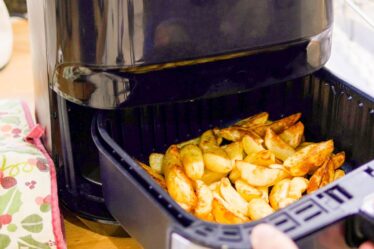
A prep cook is the behind-the-scenes hero of the kitchen, responsible for getting everything ready before service begins. Their day typically starts early, focusing on tasks like chopping vegetables, measuring ingredients, portioning meat, making sauces, and preparing garnishes. They follow detailed prep lists created by chefs to ensure the kitchen runs smoothly during peak hours. Prep cooks don’t usually cook meals during service but instead build the foundation that enables line cooks to work efficiently. Attention to detail, knife skills, and a strong work ethic are crucial in this role.
The Role of a Line Cook
A line cook, on the other hand, works on the front lines during meal service. They’re assigned to a specific station—such as grill, sauté, fryer, or salad—and are responsible for cooking dishes according to the restaurant’s recipes and plating standards. Their job demands speed, coordination, and consistency, as they work under pressure to prepare meals quickly and accurately. Line cooks must communicate with servers, chefs, and fellow cooks to ensure each plate is delivered hot, fresh, and on time. Unlike prep cooks, line cooks operate in real time and are vital during busy dining hours. Knowing about line cook vs prep cook is essential here.
How They Support Each Other
Though their responsibilities differ, line cooks and prep cooks work closely together and depend on each other to succeed. A prep cook ensures that ingredients are clean, cut, portioned, and ready before service, which allows the line cook to focus solely on cooking and plating. If prep is incomplete or disorganized, it slows down the entire kitchen. Likewise, line cooks rely on the accuracy of prep work to maintain consistency in taste and presentation. Good communication and mutual respect between these roles are essential for a kitchen to run smoothly.
Skills and Experience Levels
Prep cook roles are often entry-level positions, making them a great starting point for aspiring culinary professionals. The role emphasizes organization, knife techniques, and familiarity with kitchen equipment. With experience, prep cooks may move up to line cook positions. Line cooks usually require more advanced culinary skills and kitchen experience. They must be able to work in a fast-paced environment, multitask efficiently, and stay calm under pressure. Both positions require teamwork, attention to detail, and a passion for food, but line cooking is typically more demanding and directly customer-facing in its results.
Which Role Is Right for You?
Choosing between a line cook and prep cook position depends on your skills, career goals, and temperament. If you enjoy structure, routine, and working behind the scenes, the prep cook role might be a great fit. If you thrive in high-pressure environments and love the fast pace of meal service, a line cook position may be more your style. Both are essential to kitchen operations and offer valuable experience for anyone pursuing a culinary career.
Conclusion
Prep cooks and line cooks perform distinct yet complementary tasks in a restaurant kitchen. Understanding their daily responsibilities helps clarify how each role contributes to delivering a great dining experience.



